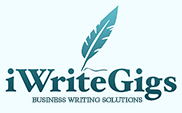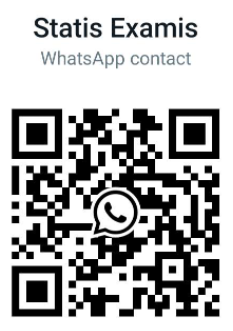Navigation » List of Schools » Pierce College » English » English 101 – College Reading and Comprehension » Spring 2021 » Quiz Research Methods
Question #1
A FALSE
B TRUE
Question #2
A FALSE
B TRUE
Question #4
A Use N.A. in place of the author’s name
B Use the title or an abbreviated form of the title in place of the author’s name.
C Omit the author’s name and list only the page number.
D Use “anonymous” in place of the author’s name.
E Create a fake name, as long as you list it by the same fake name in the Works Cited
Question #5
A TRUE
B FALSE
Question #6
A You center the title and use 12 font
B Your full name, the professor’s name (gender neutral), the name of the course, the date, and the assignment
C Your full name, the professor’s name, the date
D The professor’s name, your name, the assignment, and the date
Question #7
A 12
B 9
C 14
D 10
Question #8
A Chris Inciong disagrees with Joe Merrill’s conclusions (197).
B Chris Inciong disagrees with Joe Merrill’s conclusions. (Joe Merrill 197).
C Chris Inciong disagrees with Joe Merrill’s conclusions. (197).
D Chris Inciong disagrees with Joe Merrill’s conclusions (Inciong 197).
Question #9
A TRUE
B FALSE
Question #10
A This point has been argued before. (Frye 197)
B This point has been argued before (Frye 197).
C This point has been argued before (Frye, 197).
D This point has been argued before. (Glenn Frye, 197)
Question #11
A 3
B 4
C 1
D 2
Question #12
A The signal phrase that introduces the long quotation and the student’s explanation of why this quotation is important
B This should be a short quotation because it is only 3 sentences long.
C The student writer forgot a period after the in-text citation.
D The quotation marks around the block quotation.
Question #13
A TRUE
B FALSE
Question #14
A In a long quotation, the borrowed source, placed in a block quotation, does not need to have quotation marks around it.
B The right margin of the block quotation needs to be right justified.
C In a long quotation, you do not have to introduce the source before you give the block quotation.
D In a long quotation, the period goes after the in-text citation: (43).
Question #15
A You use a short quotation when you want to quote 4 or less sentences of prose from a source.
B You use a short quotation when you want to quote 3 or less sentences of prose from a source.
C You use a short quotation whenever you want to give credit to a writer.
D You use a short quotation when you want to put the source in your own words.
Question #16
A The title, full name of the author, and the examples to support the writer’s main idea.
B The main idea, at least three examples to support this idea, and the main writer of the text.
C The full name of the author, the date of the publication, the main idea, and examples.
D The title of the work, the full name of the author, the main idea of the author, and the examples that support the main idea
Question #17
A 3
B 5
C 4
Question #18
A put all the titles in quotations marks.
B use at least one direct quotation
C provide the middle name of the writer when it’s available.
D put the information in your own words.




